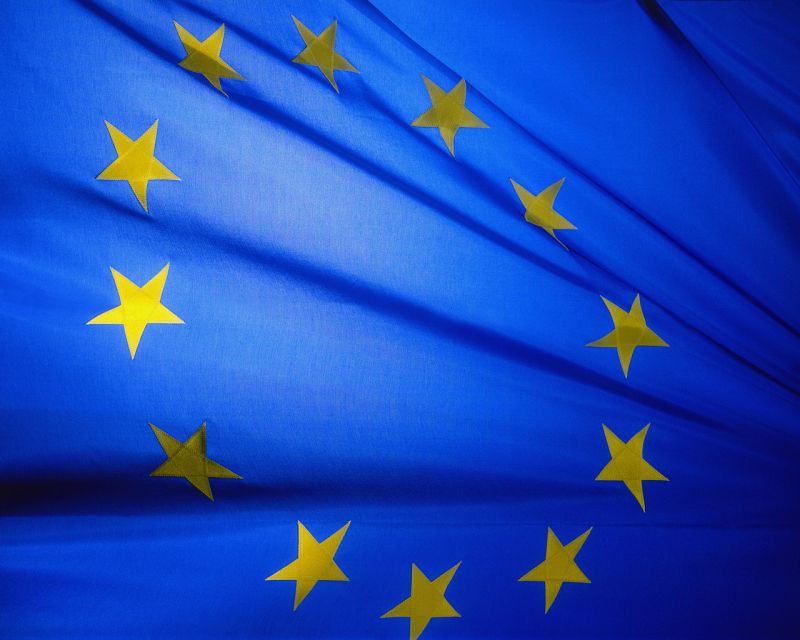Brazil is set to join the select group of countries that have nuclear-powered submarines, President Dilma Rousseff said Friday.
Rousseff stressed Brazil was committed to peace but also needed its defense deterrent, as she inaugurated a naval shipyard in Rio de Janeiro state where the country’s first nuclear-powered sub is set to be built in partnership with France.
“We can say that with these installations we are entering the select club of countries with nuclear submarines: The United States, Russia, France, Britain and China,” said Rousseff.
Known as the Metallic Structures Construction Unit, the factory in the city of Itaguai near Rio de Janeiro is part of the ambitious ProSub program launched in 2008.
Under the scheme, France will supply Brazil with four conventional submarines and help develop the non-nuclear components of the South American powerhouse’s first nuclear-powered attack submarine.
Brazil already has the uranium enrichment technology required for producing nuclear fuel and wants to use it to power the submarine.
The 7.8 billion reais ($3.95 billion) ProSub program aims to protect the country’s 8,500-kilometer (5,280-mile) coastline and huge deep-water oil reserves.
The defense ministry said the first of the four conventional Scorpene-class subs will be delivered to the Brazilian Navy in 2017, while the nuclear-powered vessel will be commissioned in 2023.
“This alliance (with France) must be carefully watched by all those who are taking part because our mission is to ensure that this technology is transferred to us in line with the contract,” Rousseff said.
The 75-meter-long (246-foot) Scorpene is a diesel-electric attack submarine built by France’s DCNS naval defense firm for a variety of missions, including anti-submarine warfare, special operations and intelligence collection.
France is also vying to win a contract valued at between $4 and $7 billion for 36 multi-purpose combat aircraft to modernize the Brazilian air force.
The Rafale fighter, built by French firm Dassault Aviation, is up against US aviation giant Boeing’s F/A-18 Super Hornet and Swedish manufacturer Saab’s Gripen.











